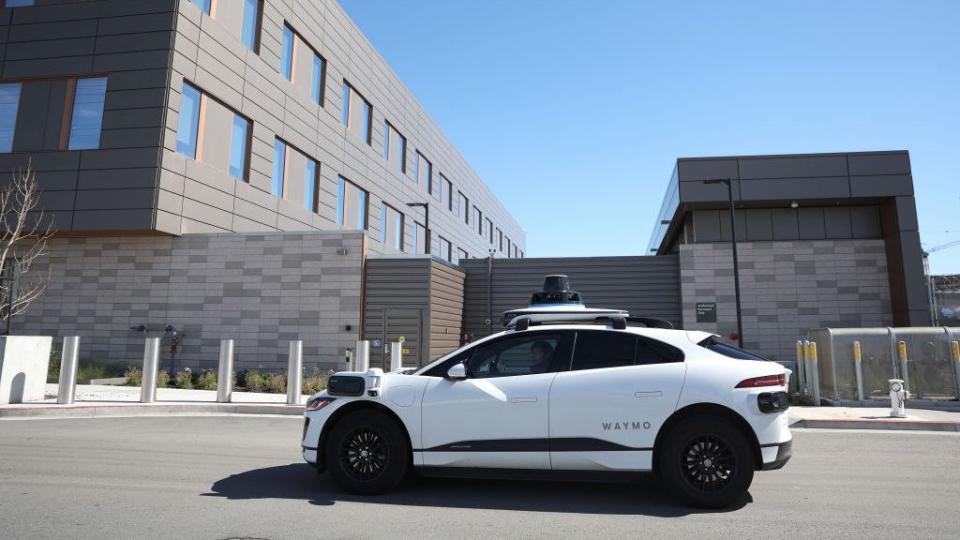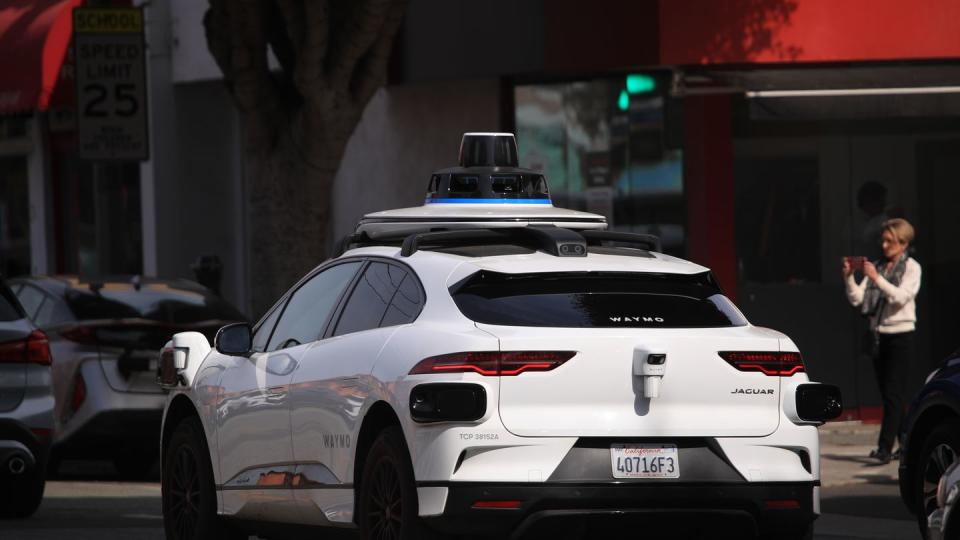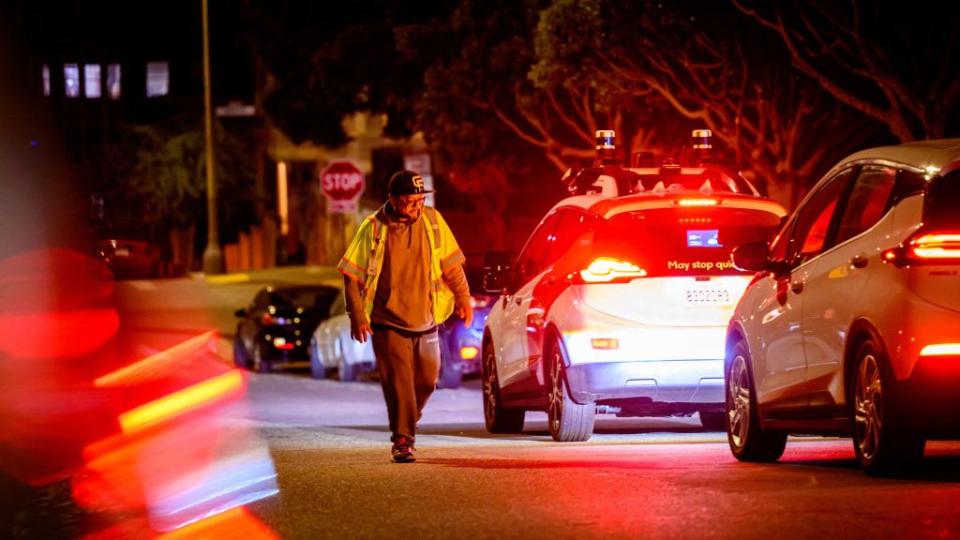Could Robotaxis Be Booted from Los Angeles?

Los Angeles Mayor Karen Bass voices opposition to robotaxis operating in the city, citing their alleged interference with emergency vehicles in San Franscisco and a lack of sufficient input from the city of LA in their operations.
Some groups in LA have also voiced concerns over big tech essentially experimenting on city residents, and have cited job loss to automation as another issue.
GM's Cruise has recently lost its license to operate robotaxis in San Francisco after an incident where the victim of a hit-and-run committed by another driver was thrown into the path of a robotaxi.
Robotaxis have barely landed in Los Angeles, and there are already some calls for their departure. The growing controversy is evolving on a much faster timescale than it did in San Francisco, where several startups have been testing autonomous vehicles for years, and have also seen plenty of pushback from residents and activist groups.
LA Mayor Karen Bass has voiced her concerns in an open letter to the president of the California Public Utilities Commission (CPUC), which is one of the agencies that had greenlit robotaxis in San Francisco and in LA.
The mayor has cited robotaxis' interference with emergency vehicles in San Francisco, as well as their limitations when it comes to taking directions from police officers.
"AV companies started testing in Los Angeles this month, and our traffic enforcement personnel have already experienced at least one incident where an AV could not properly identify or obey an officer who was directing traffic in an intersection where traffic signals were offline," Mayor Bass said in the letter.
The mayor also cited repeated instances of robotaxis blocking the road for emergency vehicles in San Francisco, including one instance in which a patient being transported in an ambulance died en route to the hospital, with first responders indicating that the delay contributed to the death in that particular case.
Members of LA's city council have also voiced opposition to robotaxis, on grounds of insufficient safety measures and the impact on labor, while also raising the specter of big tech companies testing their systems on humans.
"If we can protect jobs and we can protect the safety, we can have a conversation. But right now we're not having that conversation," LA city council member Hugo Soto-Martinez said earlier this month.

In late October GM's Cruise had its license from the state DMV to operate robotaxis in the city of San Francisco suspended, just months after that license was granted. The suspension of the license followed an early October incident in San Francisco in which a pedestrian became the victim of a hit-and-run by a driver of a Nissan Sentra, with the impact propelling the pedestrian into the path of a Cruise robotaxi. The pedestrian was subsequently run over by the robotaxi.
"Currently, the human driver responsible for the incident is still at large and we shared details with the San Francisco police and fire departments, as this was an 'in progress' crime by a hit-and-run human driver against another road user," Cruise said in a statement, while also noting that the robotaxi responded to the pedestrian being struck into its path within 460 milliseconds.
Cruise also indicated that it had done simulations of the incident shortly thereafter, which revealed that in the place of the Nissan Sentra an actual robotaxi would have detected the pedestrian and would not have hit them at all.
Despite the robotaxi not causing the initial incident in any manner, and braking aggressively in response to it, the incident received heavy publicity and appears to have played a major part in the suspension of Cruise's license by the California DMV. The agency indicated that Cruise did not initially show a later portion of the video, after the impact, in which the robotaxi performed a pull over maneuver while the pedestrian was still under the robotaxi.
"After a collision, Cruise AVs are designed to perform a maneuver to minimize the safety risks to the extent possible within the driving context," Cruise explained in a statement.
Just how a given human driver would have acted in place of the robotaxi in this instance, before and after the impact, is moot as there is a very extended range of possibilities.
The most critical consequence of this incident, aside from the pedestrian's death, is that a single high-profile accident, whether caused by a robotaxi or not, can effectively end a given company's operations in that city in a matter of days. One other effect of this incident is demonstrating that complex traffic accidents sometimes require decision making that Level 4 may not yet provide.

When it comes to operations in Los Angeles, where robotaxi companies have been working on mapping for a few years, the pushback appears to be motivated not only by safety, but also by labor concerns and decision-making issues, the latter voiced by the mayor of Los Angeles.
"A decision to allow AVs to operate in the City of Los Angeles without local regulation, and without a well-developed and collaborative deployment plan, will likely have adverse impacts on the residents of Los Angeles," Mayor Bass said in a letter to the CPUC.
"To date, local jurisdictions like Los Angeles have had little to no input in AV deployment and are already seeing significant harm and disruption."
It remains to be seen whether this pushback will be enough for Waymo and other AV companies to scale back their operations in the greater Los Angeles area. But it's also clear thus far that safety isn't the sole concern of some politicians and activists.
Does robotaxi tech need further development before wide-scale rollsouts in major cities, or is it effectively good enough at the moment? Let us know what you think.

 Yahoo Autos
Yahoo Autos 